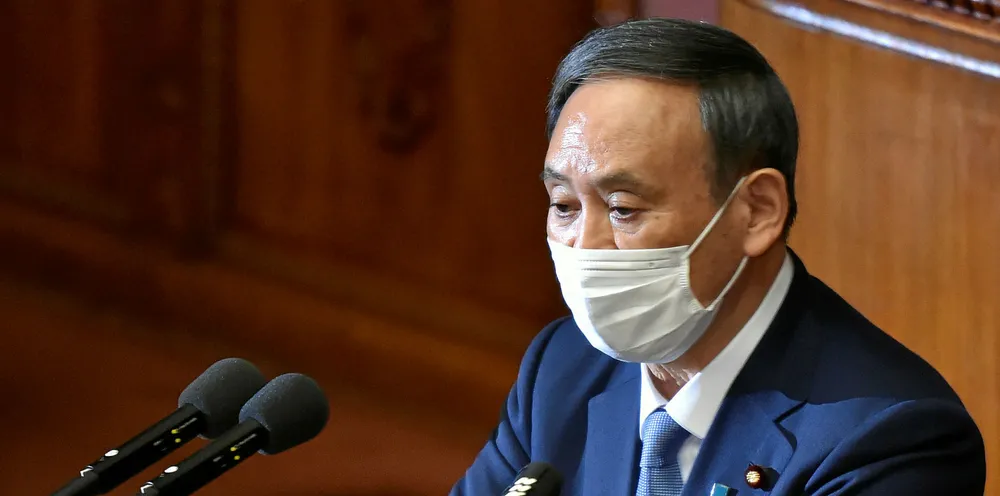Japan 'needs plan' to make 2050 net-zero pledge reality
Industry and campaigners say bold target won't be met without detailed measures while role of nuclear questioned

Industry and campaigners say bold target won't be met without detailed measures while role of nuclear questioned
